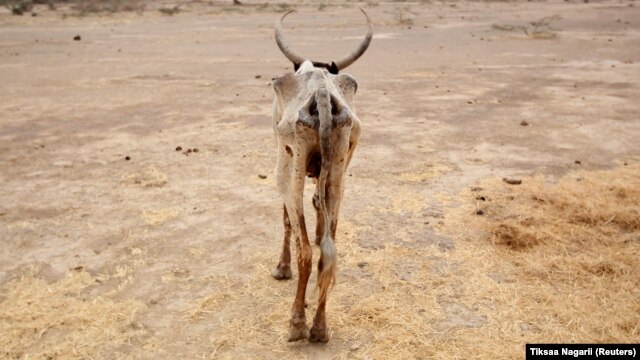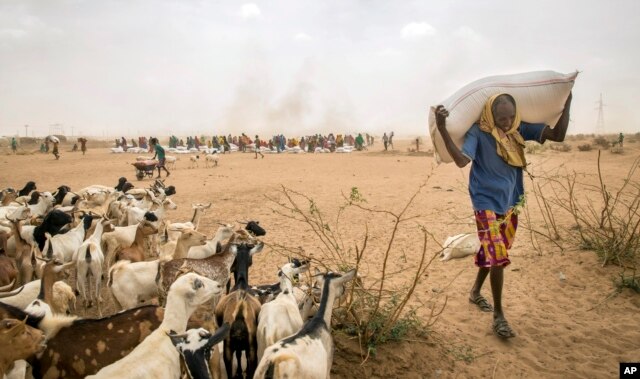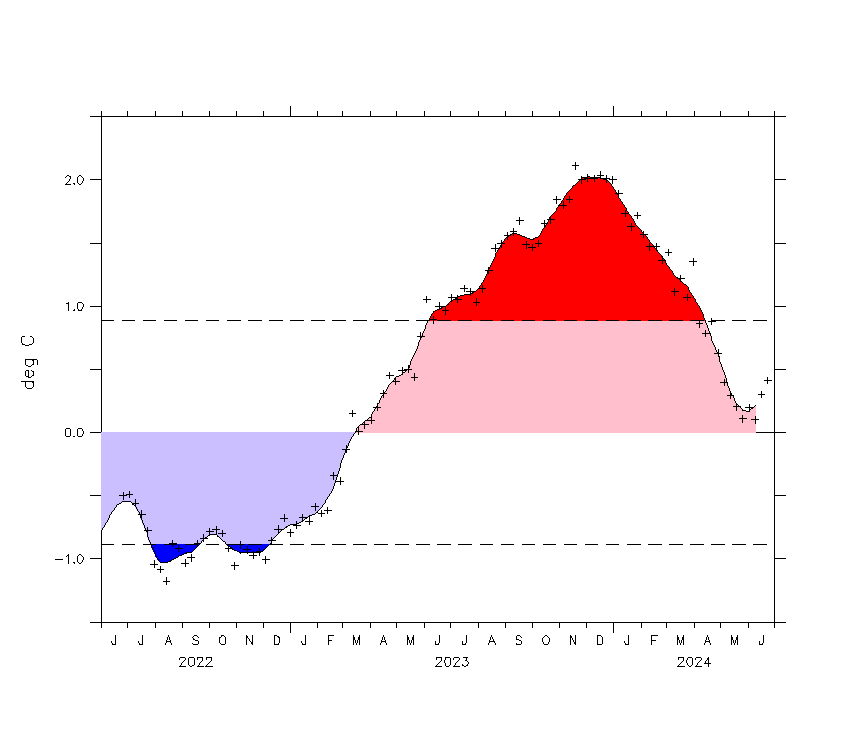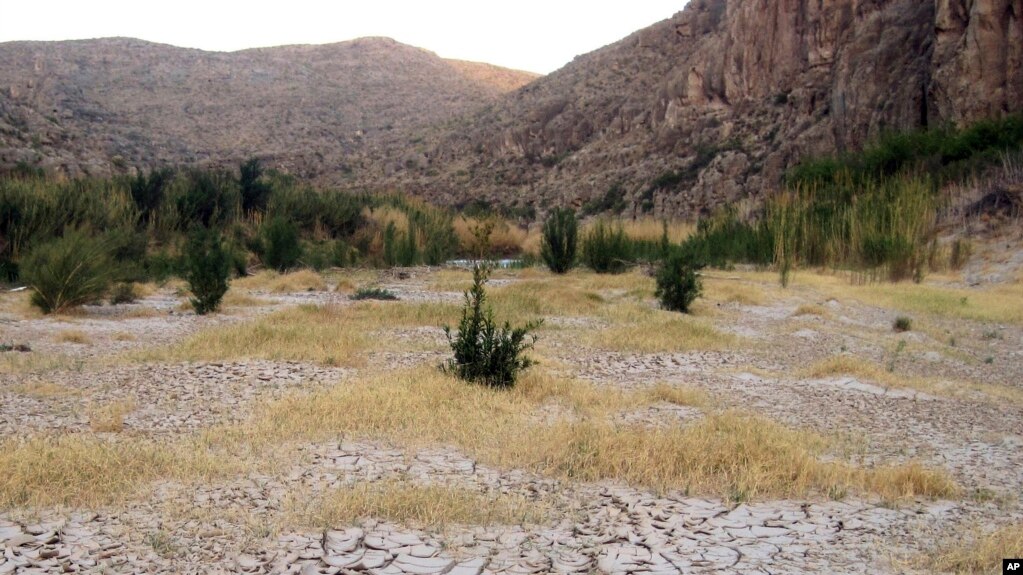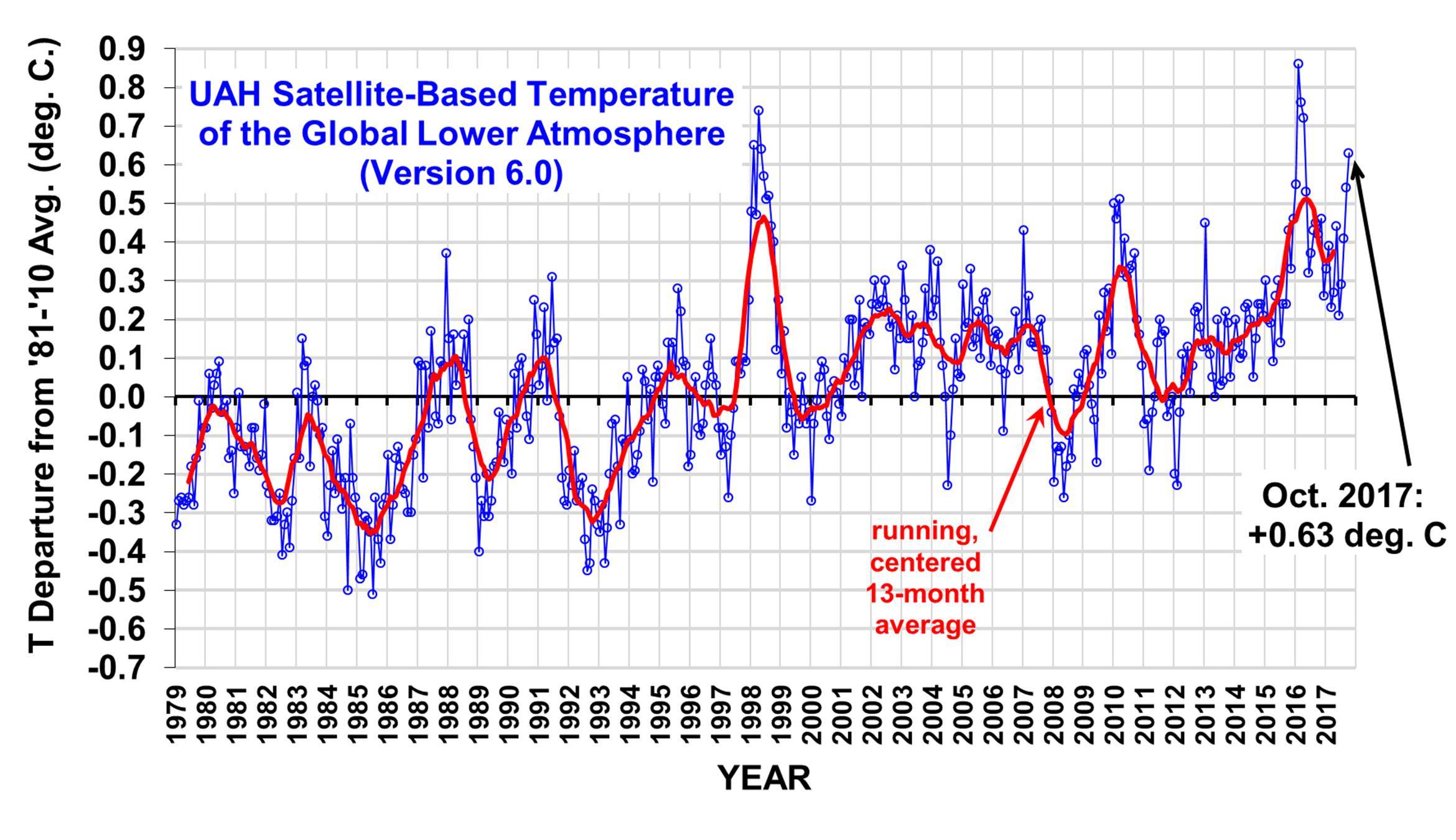ScienceRocks
Democrat all the way!
- Banned
- #1
Climate Prediction Center 5/20/13 update
A big drop from -0.1C of last week's update to this week's -0.4C
http://www.cpc.ncep.noaa.gov/products/a ... ts-web.pdf
-.5c over 3 months can make it official! There goes our neutral year!!!
What a amazing string of nina's.
A big drop from -0.1C of last week's update to this week's -0.4C
http://www.cpc.ncep.noaa.gov/products/a ... ts-web.pdf
-.5c over 3 months can make it official! There goes our neutral year!!!
What a amazing string of nina's.


